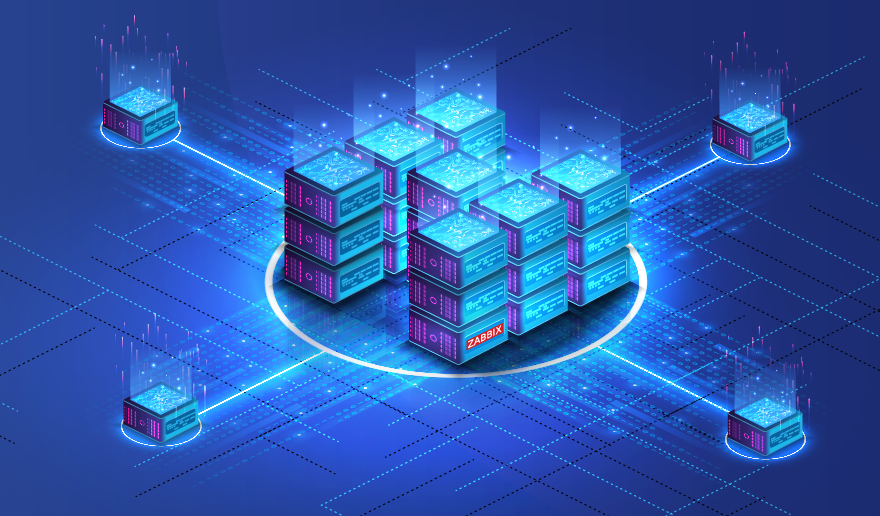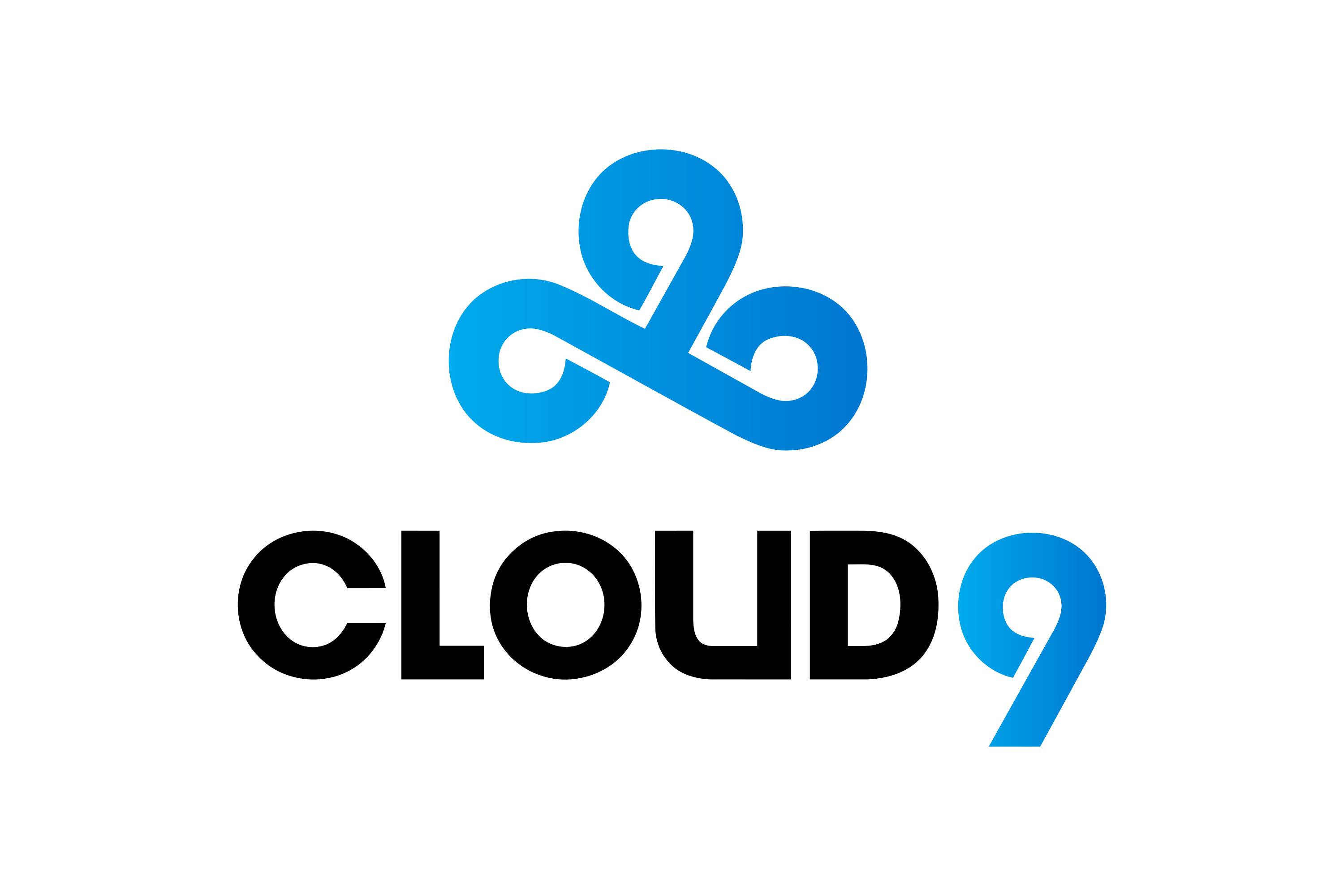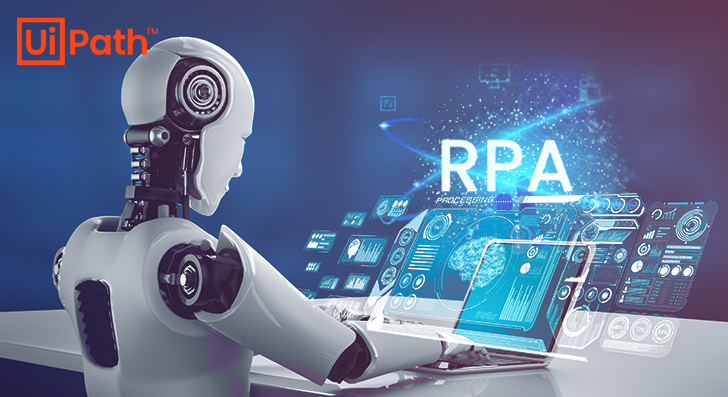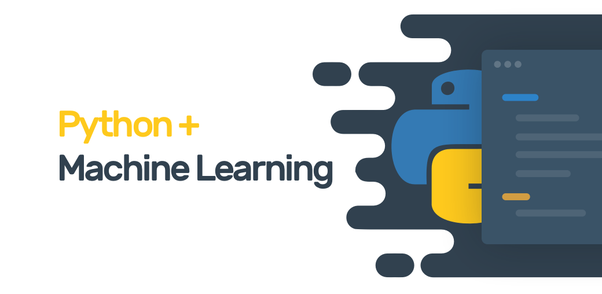Description
Introduction:
As organizations continue to generate large amounts of data, the need for efficient and scalable data pipelines becomes critical. This course is designed to equip participants with the knowledge and skills required to build and manage robust data pipelines using Apache Spark and Java. Learners will explore the fundamentals of building data pipelines for batch and real-time processing, using Spark’s APIs for distributed data handling, data transformation, and analysis.
This course provides a deep dive into the Spark architecture and its integration with Java, guiding learners through practical implementations of data pipelines. Participants will learn how to design end-to-end pipelines, from data ingestion and processing to storage and analysis, with a focus on performance optimization and scalability. Hands-on projects will ensure that learners leave with practical experience in building scalable data pipelines using Apache Spark and Java.
Prerequisites for Data Pipelines
- Intermediate knowledge of Java programming
- Familiarity with Apache Spark fundamentals
- Basic understanding of distributed systems
- Experience with SQL and data manipulation (optional, but recommended)
- Familiarity with ETL processes (optional)
Table of Contents
Conclusion
This training empowers participants to effectively build and manage data pipelines using Java and Apache Spark. By mastering data ingestion, transformation, and optimization techniques, learners will enhance their ability to handle large datasets. Participants will leave with practical skills to implement scalable solutions for real-time and batch processing.







Reviews
There are no reviews yet.